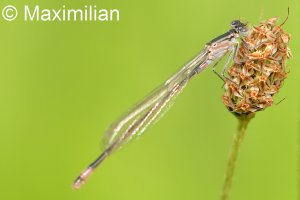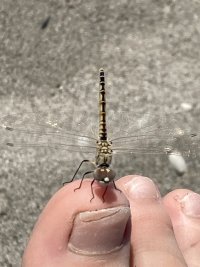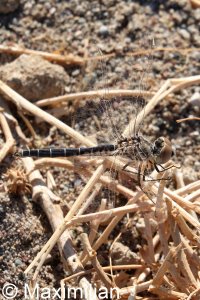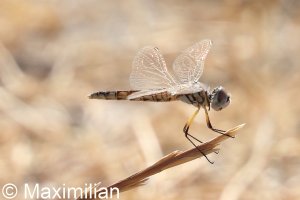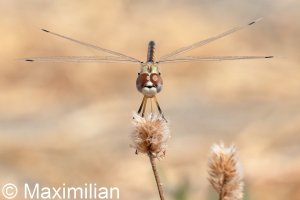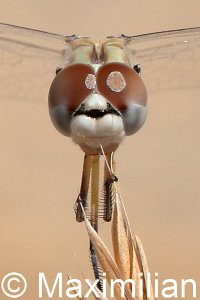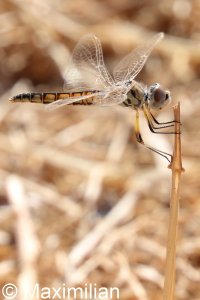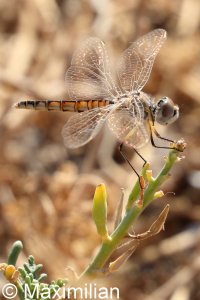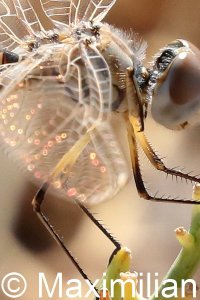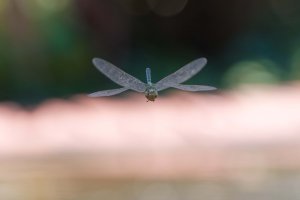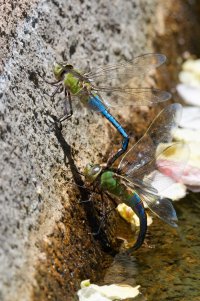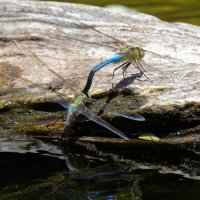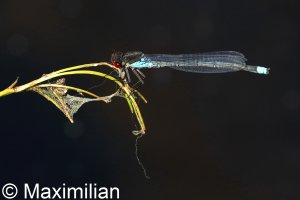I've been on vacation so it took me some time to proceed these pics of two white-legged damselflies from earlier this month.
First is a male, second one took me some time to ID at all, as it is a very freshly hatched and immarture female.
Both 5D3+100-400L II + 1.4TC @560 mm
f/10, 1/1000, ISO1600
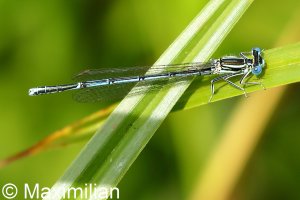
f/13, 1/250, ISO800
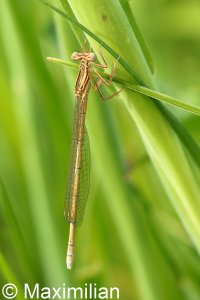
First is a male, second one took me some time to ID at all, as it is a very freshly hatched and immarture female.
Both 5D3+100-400L II + 1.4TC @560 mm
f/10, 1/1000, ISO1600

f/13, 1/250, ISO800

Upvote
0

